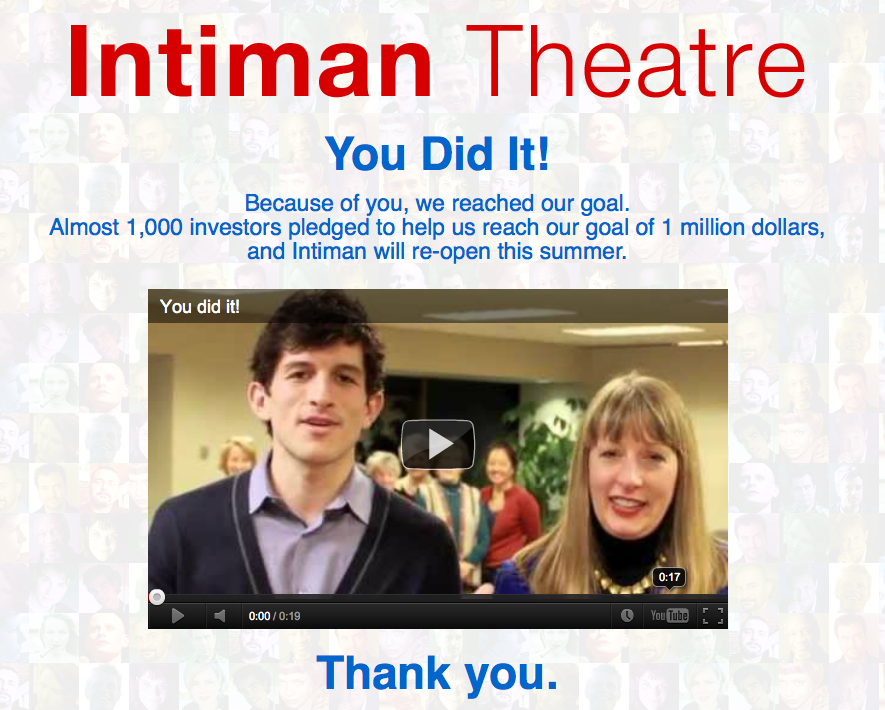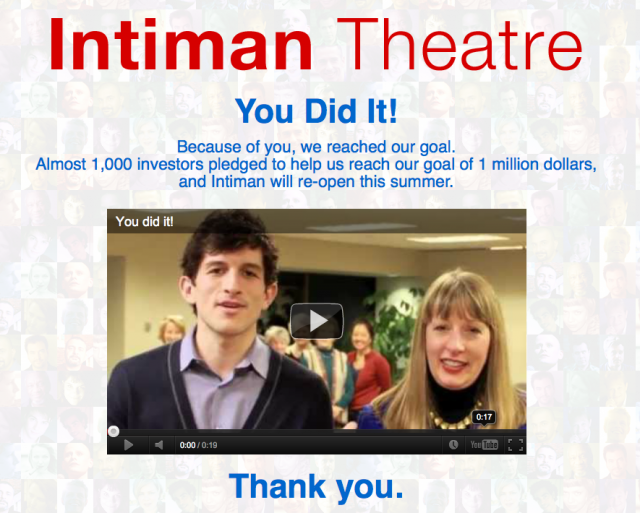Oklahoma! at the 5th Avenue Theatre (tickets available now through March 4) is as good a production as you’ll likely ever see of this classic R&H musical. What makes it that much better is the choreography by Donald Byrd–giving this already solid production a depth that you don’t often see in the show.
Byrd, the artistic director of Spectrum Dance Theater, is a world-class choreographer who has created pieces for major dance companies all over the globe. Having him choreograph a show and embed his dancers in it is sort of like bringing a gun to a knife fight. Not to take anything away from the fine choreographers that the 5th and its colleagues typically use, it’s just that this isn’t your typical musical theatre dancing.
It starts with the song “Kansas City,” in which the actors blend ballet-infused moves into western and ragtime styles. It is, however, in the “dream ballet” sequence at end of Act II, that we see Byrd’s signature most clearly. Overtly balletic, the dancing in the scene embodies Byrd’s telltale mixture of humor and darkness, sexuality and violence (especially when Laurey is dragged by Jud across the stage as his conquest). It’s classic Byrd: beautiful with a pulse of malevolence that reminds us that not all is pretty on the prairie.
It’s not just the dancing that makes this production special. There are some standout performances, big and small, that raise the level of the game. Eric Ankrim as Curley would give anyone else who has played that role (with the possible exception of Hugh Jackman, sans claws) a run for their money. Ankrim brings an easy confidence to Curley, with no false notes. The always-good Anne Allgood plays Aunt Eller as both wise and wise-ass in a way that grounds the entire production. Someone always has to be the adult, and she plays it beautifully. David Pichette as Ike Skidmore–a role that shows up first in Act II and doesn’t really have a whole lot to say–shows us yet again how an amazing actor in a relatively small part can give the production so much more headroom.
Even smaller moments, such as when dancer Amber Nicole Mayberry regally, lovingly reaches down to turn over Jud after he is stabbed, add a dimension to this production that you wouldn’t expect. Her small act, and the focus and dignity she brings to it, changes everything in that moment, humanizing Jud in an instant.
Standing literally over all of them was Kyle Scatliffe as Jud. A big man, Scatliffe has an even bigger voice–warm, booming and powerful. When he’s on stage, there is a buzz and tension that owes something to the character he plays but more to the actor portraying him. In his Act I aria “Lonely Room,” Scatliffe unleashes fury and power as he convinces himself that his options for a meaningful life with Laurey are dwindling and that he must take action. As he does so, red light seeps through the slats of his smokehouse, growing in intensity with the billowing intensity of his emotion. Like a hot wind whipping down the plain.

